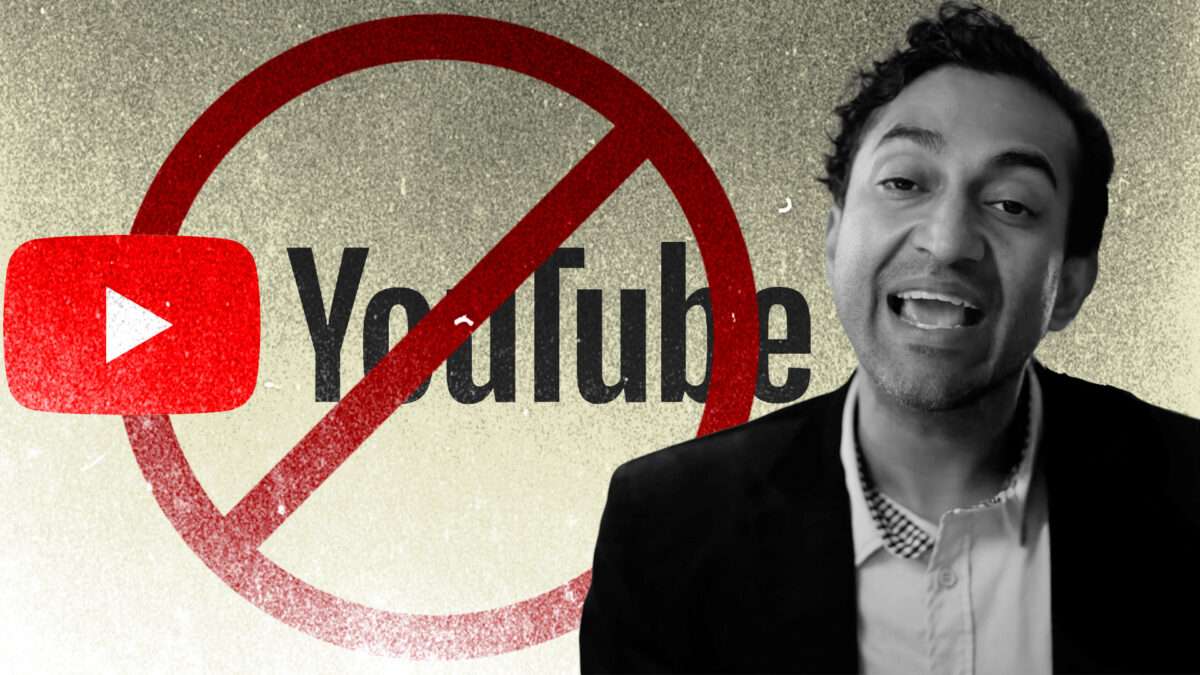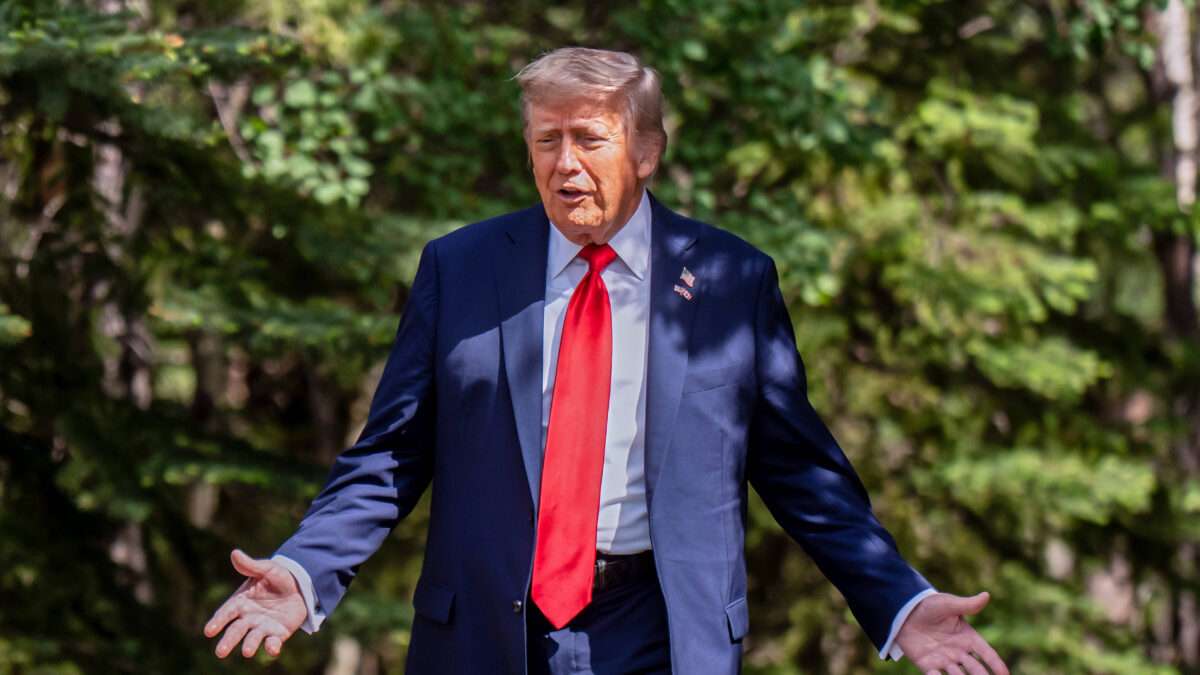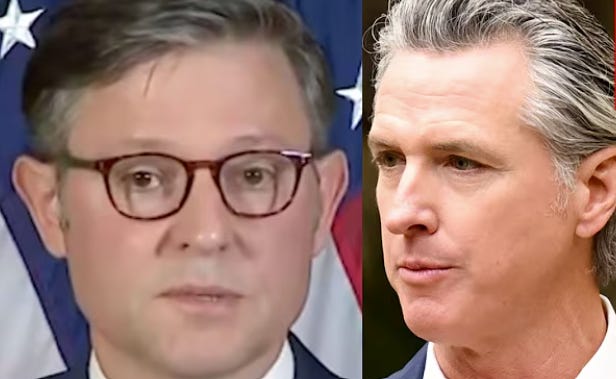In early 2024, the Biden administration pulled out all the stops in a bizarre attempt to shift the blame for inflation onto private sector businesses.
"Sports drinks bottles are smaller. A bag of chips has fewer chips, but they're still charging you just as much," then-President Joe Biden complained in a video released just before that year's Super Bowl. A few weeks later, Biden raged against what he called "shrinkflation" during his State of the Union address, and he asked lawmakers to pass a bill authorizing the Federal Trade Commission to crack down on businesses that change prices or the size of packages. (The bill never passed.)
It was all a bit ridiculous. As I wrote at the time, shrinkflation is neither a novel idea nor a sinister one. It's just a natural market response to worsening inflation—you know, the actual problem that Biden was desperate to blame on anything besides his administration's own "run it hot" economic policies.
Now we know something else about shrinkflation: It was almost entirely made up.
"Shrinkflation had a minimal impact on overall inflation from 2019 to 2024," the Government Accountability Office (GAO) concluded in a report published last month. "This is because items that were downsized made up a small percentage of goods and services tracked in inflation measures."
Over the five years included in the GAO analysis, overall prices rose by 34.5 percent, as measured by the consumer price index. Product downsizing, meanwhile, was responsible for just 0.06 percentage points during that same period, according to the GAO.
Even in product categories, such as household goods and packaged foods, where shrinkflation was relatively more common, it hardly had an impact on overall inflation during the Biden years. "The contribution of size changes to inflation ranged from 1.6 percentage points for cereal to 3.0 percentage points for household paper products," the GAO reports.
Many other products were not subject to shrinkflation because of how they are sold. A gallon of gas, for example, can't be resized when you pull up to the pump. Utility bills, rent payments, and clothing can't be shrinkflated, either. Even for many items sold in stores, the cost of resizing and redesigning packaging is simply too high for the amount of savings that could be realized.
The GAO's report seems to confirm what a pair of economists at the Cato Institute concluded last year after looking at pricing and product size data from roughly the same period of time. That report, published in June 2024, found that product downsizing occurred with about the same frequency during 2022 and 2023 (the years when inflation took off) as it had during the preceding years.
Even if shrinkflation were a real, major economic phenomenon, it would not be something that demands governmental intervention. The resizing of product packaging is a normal business practice that might occur due to changing input costs, consumer demands, or any of a number of other reasons.
But it was not real. Shrinkflation was a political messaging strategy by the Biden administration and an attempt to scapegoat private corporations for higher prices created by misguided government policy.
That's something to keep in mind as yet another presidential administration embarks on a policy to raise prices, and likely will soon be looking for someone else to blame.
The post GAO Report Finds 'Shrinkflation' Was Fake News appeared first on Reason.com.













 Bengali (Bangladesh) ·
Bengali (Bangladesh) ·  English (United States) ·
English (United States) ·